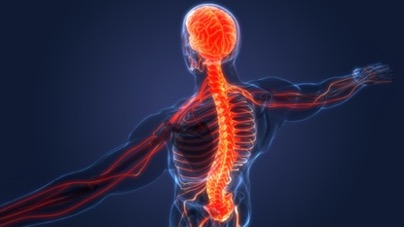Scaffoldless Three-Dimensional Engineering Nerve
TECHNOLOGY NUMBER: 4411

OVERVIEW
Scaffold-less 3D nerve constructs for improved peripheral nerve repair
- Reduces donor site complications and avoids scaffold issues like immune rejection
- Nerve damage repair, peripheral nerve injury treatment, surgical recovery
BACKGROUND
Nerve grafts are critical in replacing tissue damaged by disease, surgery, or trauma, especially within the peripheral nervous system. The current gold standard for repairing transected nerves involves autologous nerve grafts, which entail harvesting a patient's own nerve tissue. While effective, this method has significant drawbacks, including limited donor nerve supply, potential donor site complications such as neuroma, loss of function, and scarring. Further, functional recovery from such procedures is variable and often incomplete, with an average success rate approaching 80%. Existing grafting techniques frequently result in suboptimal outcomes, underlining a pressing need for alternative methods that circumvent these issues and offer improved, reliable recovery for patients suffering from nerve damage.
INNOVATION
University of Michigan researchers have developed a novel scaffold-less 3D nerve construct with a fibroblast exterior, designed to replace damaged nerve tissue. This innovative construct circumvents the complications associated with traditional scaffolds, such as immune rejection and degradation rates, as well as the typical issues arising from nerve grafts like donor site morbidity and limited availability. The fibroblast sheath of the construct, composed of collagen I, mirrors the structure found in native peripheral nerve tissue, thereby enhancing biocompatibility and functional integration. These constructs offer the potential for incorporation with Schwann cells and neurotrophic factors to further stimulate nerve cell growth. Real-world applications include repairing nerve damage from disease or trauma, and improving outcomes in peripheral nerve injury treatments and surgical recoveries.